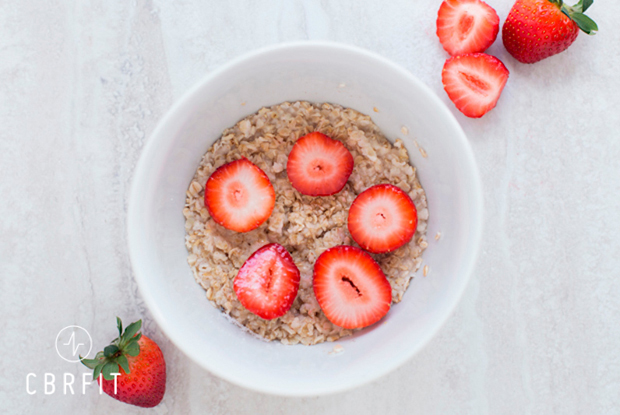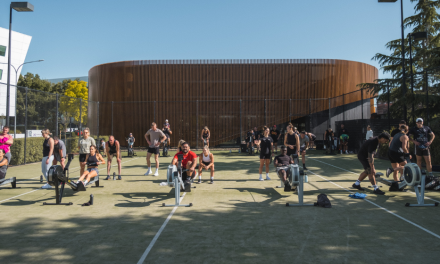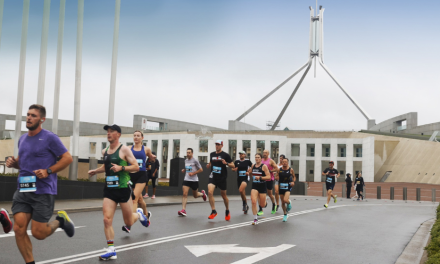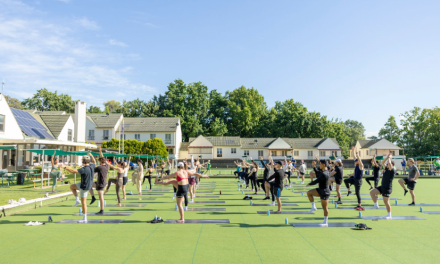In a few weeks I will be giving a lecture on sugar… as such I have been doing a lot of research. I have been horrified by what I have been reading, and although I won’t declare sugar as poison, our intake of the refined stuff is pretty shocking.
The Australian Dietary Guidelines recommend we limit our intake of foods that contain added sugars, (cue soft drinks, sweet biscuits, cakes and confectionary) but there is sugar lurking where we’d least expect it. Sugar can be found in processed and packaged foods like lunch meats, salad dressings, pasta sauces, frozen meals and breads. How can we reduce the amount of sugar in our diet without feeling like we are ‘on a diet’?
1. My first point is going to be obvious. Stop eating packaged foods and eat more whole foods. Simple? Well, not for everyone. Some people need to take gentle steps in this direction so my next points should really help those individuals.
2. Read the ingredients list. Sometimes looking at the nutrition panel on a product label can be misleading and/or confusing. Foods like fruit and milk contain sugar and labels do not differentiate the type of sugar that is in a product. Be a food detective and read the ingredients list. If ‘sugar’ is one of the first three ingredients, opt for another brand or food. Also educate yourself on names of ingredients that are, in fact, sugar.
3. Swap bottled pasta sauce for tinned tomatoes, herbs and olives or make your own pasta sauce from the ageing tomatoes in your vegetable crisper!
4. Like bubbles in your drink? Swap soft drink for sparkling mineral water and a squeeze of lime. In a 600ml bottle of soft drink, an individual will consume 64g of sugar. Yikes!
5. Swap sweet cereals for oats. Not only will they keep you fuller for longer, but they also provide you with valuable slow-release carbohydrates and help keep your heart healthy!
6. Stop adding sugar to tea or coffee. Now before you think, this dietician has no concept of how hard this is, I actually had to be tough on myself to reduce the sugar I once put in my own cups of tea and coffee. I had to wean myself off – I’ve gone from four (back in the 90s) to ZERO. Yep… Truth!
7. Swap shop-bought salad dressings and make your own! It’s not hard, just combine olive oil, lemon and garlic, or a splash of balsamic vinaigrette. Simple and delicious.
8. Bake your own treats. This way you will know how much sugar is in your recipe. I also love to use banana, sweet potato and pear in my cakes and brownies for sweetness. Check out @FEEDinc. on Instagram for some inspiration.
9. Swap sweet yoghurt for a natural yoghurt and berries. It’s much better to get some sweetness (and nutrition) from the berries and you can still enjoy a creamy yoghurt.
10. Be prepared for the afternoon sweet cravings. Have some protein rich snacks on hand, or try a slice of wholegrain bread with ricotta as an alternative to a chocolate from the charity chocolate box.
Having some sugar in your diet is certainly OK… but you need to determine how much you are having and identify where it may be in your diet. If you are drowning your meals in sweet chili sauce, adding numerous teaspoons of sugar to tea and coffee as well as enjoying a can of soft drink each day, it is likely you are exceeding the recommended ‘ideal intake’ of less than 25g*. Keep a detailed diary for a day and see how much you are actually consuming – if it’s more than you are expecting, look at ways to rein it in a little. Good luck!
*NOTE: World Health Organization’s (WHO) recommendation that no more than 10% of an adult’s calories – and ideally less than 5% – should come from added sugar or from natural sugars in honey, syrups and fruit juice. For a 2,000-calorie diet, 5% would be 25 grams.
Eat well, be well…
Lisa Donaldson APD
www.FEEDinc.net
3/4 Kennedy St, Kingston ACT






